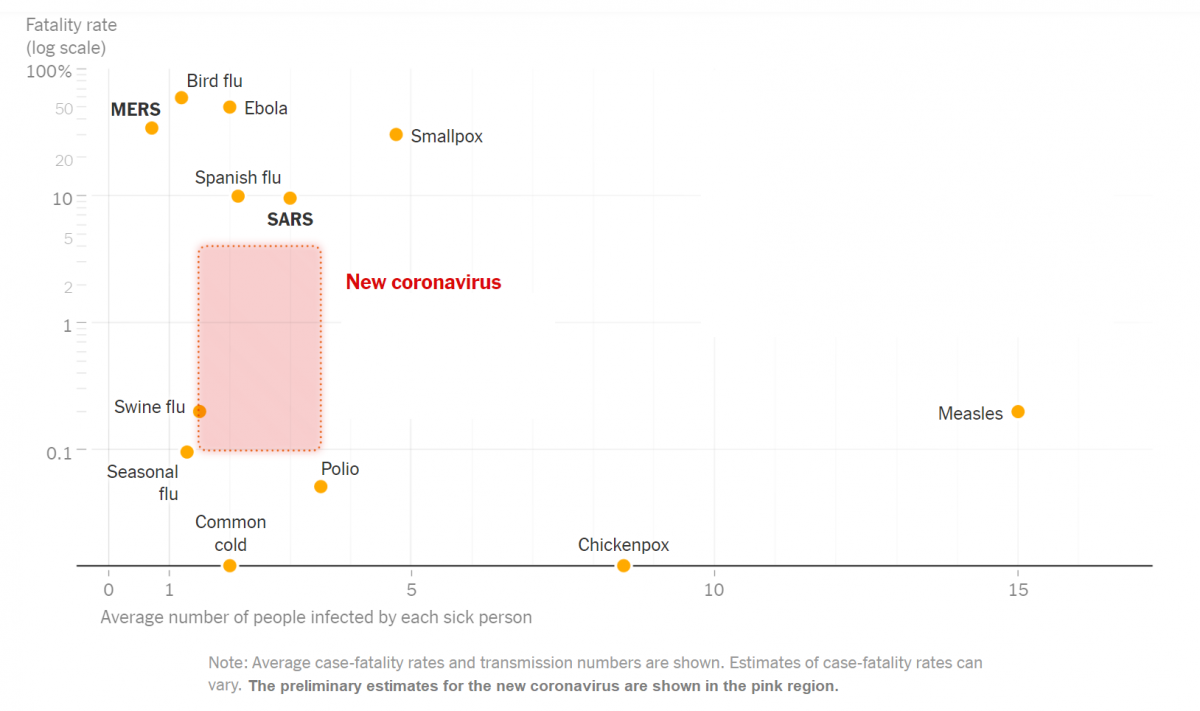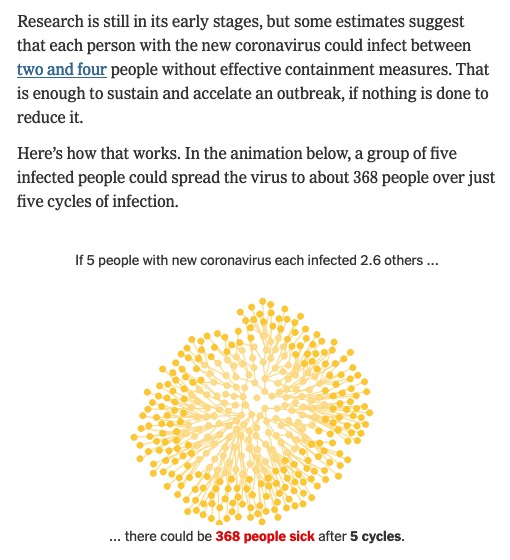As I announced in class, we will take our first midterm exam this Wednesday (March 4). The exam will cover the material up to and including basic probability.
Here is a list of concepts/topics that will be covered on the exam:
- frequency tables, relative frequencies, frequency histograms
- measures of central location: mean & median
- measures of variability: sample standard deviation, sample variance
- quartiles, 5-number summary, box plots
- paired data sets: scatterplots, positive vs negative correlation, the correlation coefficient, linear regression
- basic concepts of probability: simple probability experiments, sample spaces, events
Here is a guide on how to prepare for the exam:
- do these exercises from “HW5-Probability”: #1, 2(a)-(d), 4, 5(a)-(c), 8, 9
- review the outlines/notes/spreadsheets for Classes#1-8 (available under Files and the Calendar page)
- review the solutions to Quiz 1 and Quiz 2 (available under Files)
- review the WebWork exercises and solutions from “HW2-Graphs”, “HW3”, and “HW4-PairedData”
- in particular, review the following WebWork exercises:
- HW2-Graphs: #2, 3, 4, 10, 11, 13, 14
- HW3: #1, 2, 3, 5, 10
- HW4-PairedData: #1, 3, 6, 13, 14, 20, 21, 22
(Note that you can view solutions for past WebWork sets by clicking on “Download PDF or TeX Hardcopy for Current Set” and selecting the options for “Show:





